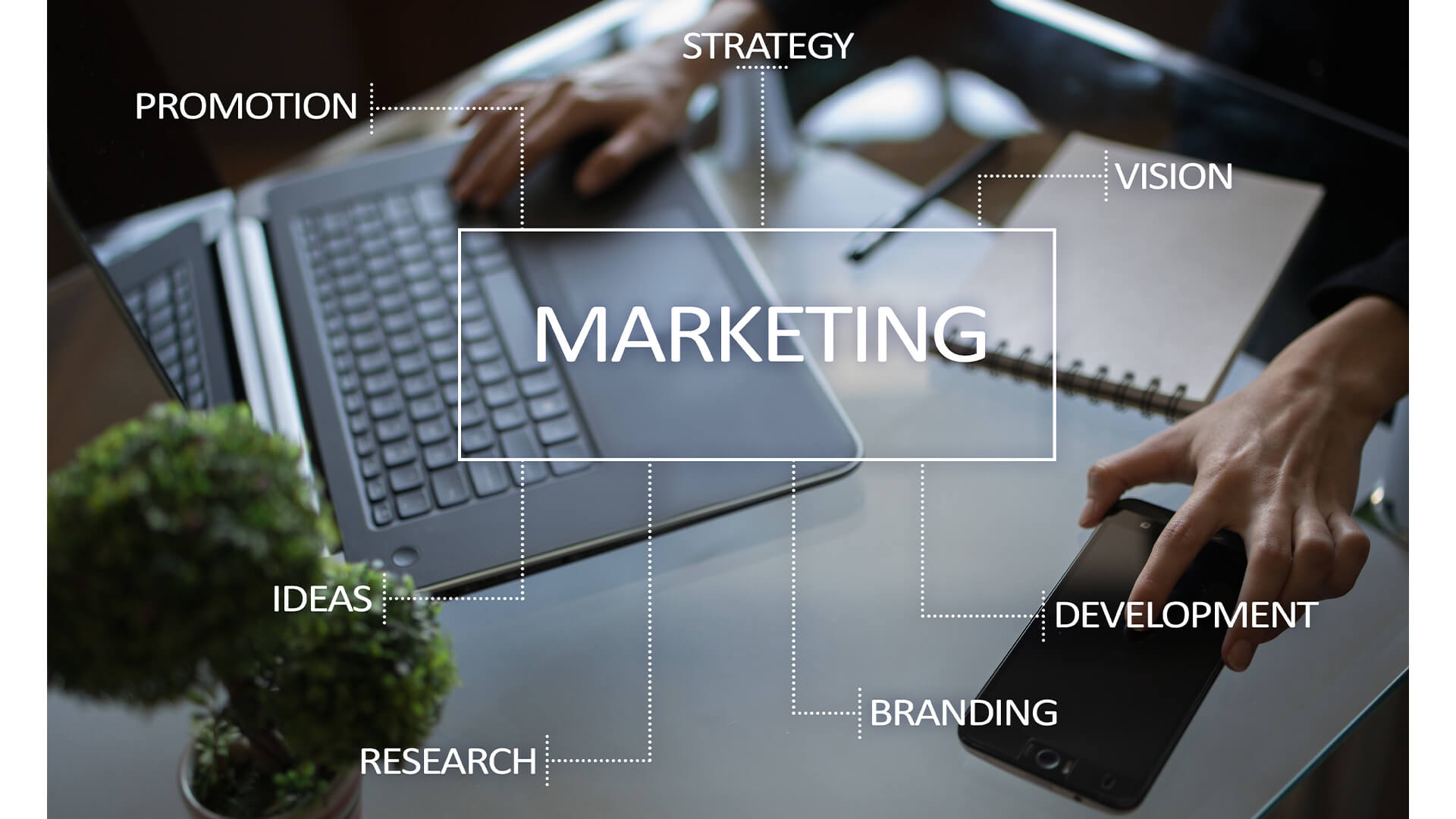By Andrew Jaico, Shutterstock’s Director of Product
Six million small and medium sized enterprises (SMEs) make up 99.3% of all businesses in the UK, according to the Federation of Small Businesses. Competition is understandably fierce across all industries, so it is essential that your business stands out. Brand identity is critical and the images you choose to use have the power to transform consumer perceptions.
Consumers are inherently visual beings. Information presented in a visual format is more likely to resonate compared to any other type of marketing content. According to HubSpot, while consumers only retain 20% of what they read, they can retain 80% of the images they see. So, what does that mean practically for an SME business like yours? If you want to make your content stick with your audience, then you must make it more visual. If you are a small business or start-up and haven’t nailed your marketing visuals yet – here’s why you should.
Visuals create brand awareness
When a business uses consistent visuals across its marketing it helps build awareness allowing the consumer to immediately recognise the brand. When people think of brands, they often naturally think of the visual identity like its logo, brand style and multimedia content.
For example, to the everyday consumer the name McDonald’s might summon a handful of visuals: the golden arches, the red and yellow, Ronald McDonald, and of course – a burger and fries.
Visuals are universally relevant
An image is universal. Regardless of where your potential customers are from or what language they speak, visual content is easily understood.
That means strong visuals will provide your business with global reach, regardless of size. Images can extend the reach of blogs, social media posts, product pages, websites and beyond, as well as making this content easily to digest.
It is important, however, to always consider how visual content will be interpreted in international markets. A study from Smartling found that 80% of marketing decision-makers believe localised content is essential when entering a new market. Different cultures attribute different meanings to visuals and symbols, ignoring or mixing these up could be hugely detrimental to international expansion. For example, the colour red represents good luck in China, but in South Africa it represents the colour of mourning – Therefore, if you want to launch a business in SA, you need to understand their native cultural influences to be trusted and respected by the locals.
Respecting and reacting to these cultural nuances is critical in successfully engaging international audiences.
Visual content drives online engagement
The web is cluttered, and competition is tough. Lyfe Marketing reports that nearly all (97%) of marketers use social media to reach their audience. As almost all businesses increase their adoption of social media like Instagram and YouTube, marketers within businesses like yours cannot afford to ignore these platforms to promote their brand.
The business case is clear. When a business uses custom visual content on social channels, it receives a seven times higher conversion rate, according to Spiralytics Performance Marketing. From images and videos to memes and infographics, the impact visual content brings to a business’ digital presence is undeniable.
Visual content is an effective way to increase views, clicks and conversions. Customers are more likely to engage with a business and share its content if that business includes visuals. HubSpot reveals that 65% of businesses see more social engagement and traffic when they integrate visual content.
In our highly connected and saturated online world, competition for eyeballs and cut through is challenging. It’s clear that by using marketing visuals, you can increase your business’ content being shared and ultimately reaching a wider audience.
More than 95 million photos are shared daily on Instagram. What’s more, Facebook posts with pictures receive over three times more engagement than posts without images, such as links or text, according to Social Media Today.
Even with smaller budgets, SMEs shouldn’t be discouraged because they think that visual marketing is only for those who have access to high end design tools. There are great low-cost tools available on the market that don’t require you to be a designer:
– Coolors, a great tool for you to generate a colour scheme for your branding.
– Skitch, a functional tool which helps marketers capture and annotate their design ideas and easily file them away.
– What the Font!, a great tool if you’re looking to find the perfect font for your graphics.
– Shutterstock Editor, free online design tool that helps users, including creatives, designers, and marketers to speed up design workflow with easy-to-use, powerful editing functionality and customisable templates.
– Mailchimp, if your business needs to design and send email marketing campaigns then Mailchimp offers a simple interface and hundreds of beautiful email templates.
It’s clear to see the importance for you to execute your marketing visuals effectively. Visuals play an essential role in how our modern society engages and consumes a business’ content. Regardless of who you’re targeting, using visuals in your marketing strategy will grab customers initial attention and increase the chance of them engaging with your content.








